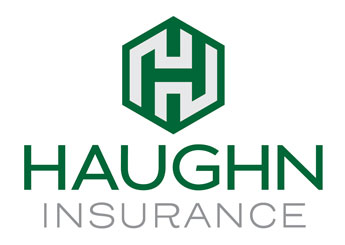
Many occupations come with inherent risks. In the past, inadequate precautionary measures, lack of training, faulty equipment, and unsafe conditions resulted in many workplace accidents, many fatal. While such incidents still happen today, the occurrence rate is far lower than it used to be. Since the Occupational Safety and Health Administration conception in 1971, work-related deaths have fallen by half, with occupational injury and illness rates seeing a 40% decrease (according to the organization itself).
However, this does not mean that the need for preventative practices is gone. Data from the U.S. Bureau of Labor Statistics shows that in 2019 there were 2.8 million nonfatal sicknesses and wounds reported in the private industry.
As a business owner, you understand the value of good employees to an organization and the importance of preserving their wellbeing at work. Taking care of your workers helps you shield both them and your financial assets. Part of protecting your company is having a comprehensive Ohio workers’ compensation plan to ensure coverage if your staff does sustain harm in the course of fulfilling their duties.
Another vital action is developing an effective workplace safety program and improving overall morale, quality, and reputation.
1. Assess
The first step is to assess potential hazards. This should be a two-fold appraisal, consisting of a review by a professional and the input of employees. Providing workers with an anonymous avenue through which they may express honest opinions of current measures is one of the best ways to truly get an overview of the dangers associated with their jobs. They possess insights someone coming in from the outside may miss.
During this analysis, the risks revealed may fall into different categories. Some may pertain to the natural environment like air quality, some to the building/structure, and others to required activities. You need to address each type in the program individually.
2. Compile
Next, create a written set of guidelines for personnel to follow. Compile them in one document. These rules need to be clear, not ambiguous. This helps avoid possibly life-endangering misinterpretations.
3. Implement
After the establishment of the plan, you need to implement it. OSHA lists these major elements of a workplace safety program implementation:
- Ongoing identification, assessment, prevention, and control of workplace hazards
- Clear communication of hazards and the safety plan
- Commitment from management
- Participation by employees and contractors
- Continuing training and education of employees in safety standards
- Regular evaluation of the program
It is also important to have a method for newly hired individuals to offer feedback whenever they need to, without concerns that it may impact their initial assessment.
Securing your employees’ physical welfare through a constantly evolving safety program is of utmost importance. Workers are the backbone of any company. It is also crucial to comply with the law and have a sound Ohio workers’ compensation plan to prepare for any problems that may arise, so both your employees and your business are always covered.
About Haughn & Associates
Founded by Michael Haughn in 1986, Haughn & Associates is a full-service, family-owned, independent insurance agency based out of Dublin, Ohio. H&A strives to provide the best possible price and unique insurance solutions across a myriad of industries, including construction, IT, Habitation & Commercial Property, Agriculture, and Engineering. Devoted to providing the best of business insurance, life and disability insurance, personal insurance, employee benefits, and bonds, H&A is proof that success lies in long-standing client relations and satisfaction. To learn more about how H&A can be of service to you, contact us at (877)802-2278.

